This is the third in a six-part guide for cyclists looking to follow the cross-country bike road across Korea. This guide starts in Incheon in the northwest and ends in Busan in the southeast, but most of the instructions could be reversed for cyclists looking to travel in the other direction.
For an overview of the entire trip, click here. For more detailed information on logistics, including how to rent a bike, navigate, book accommodation and fly with a bike, click here.
The Saejae Bicycle Path is almost exactly 100 kilometers (62.1 miles) from start to finish, and some cyclists might opt to do it in a day. If, like me, you’re less confident with elevation, splitting it into two or even three days is perfectly doable.
However you choose to approach it, you will likely want to get over the hump, so to speak, on Day 3.
Leaving Chungju is pretty straightforward. If you’ve stayed in the area by the station, you can just continue past the station and keep going until you find your way back onto the signposted cycling path, now running alongside Dalcheon, or Dal Stream, although it’s a river if ever I’ve seen one.
Unlike the rest of the route, the Saejae Bicycle Path mainly follows roads rather than bike paths. These are quiet roads and there’s very little traffic, and the tarmac is mostly a welcome break from the sometimes patchy paths of the lower Han River.
A couple of kilometers along the Dal, there are some cafes that open before 8 a.m. — by this point, you’ve likely realized this is rare in Korea, where cafes tend to open later in the day. So it’s worth loading up on caffeine before you take on the climb.
The first 25 kilometers of the Saejae Bicycle Path are a gradual climb to 200 meters (656 feet) above sea level. This takes you past a beautiful waterfall and a couple of wooden bridges that are worth exploring if you have time to stop.
Just shy of 30 kilometers, you hit your first stamp on the edge of the picturesque hot spring town of Suanbo. The route will take you around the outskirts, but there are convenience stores in town if you need water or a quick break.
After Suanbo, the climbing proper begins. The Saejae Bicycle Path is named after the Mungyeong Saejae mountain pass, the only place in Korea where the Great Yeongnam Road, which connected the northwest and southeast of Korea for hundreds of years during the Joseon Dynasty (1392-1910), remains in its original form. The route doesn’t actually go through the Saejae pass, but instead the neighboring Ihwaryeong, or Ihwa Pass.
To reach Ihwaryeong, you first ascend the Sojo Pass to just shy of 400 meters above sea level, and then descend into Yeonpung Village, where the Ocheon Bicycle Path starts. We’re not here for Ocheon, though, so it’s on up the Ihwa Pass, which reaches 540 meters above sea level. This is the highest point on the entire cross-country route.
The double hit of Sojo and Ihwa makes Day 3 could intimidate many riders, but take heart — the stretch is perfectly doable. Even if you cannot ride it — and I certainly couldn’t reach the top of either pass — pushing your bike is only going to delay you an hour or so, and there’s plenty of rest areas along the way.
Once you reach the top, you’ve earned the Ihwaryeong Rest Area stamp and can stop at the small cafe for lunch or a drink.
Coming down the other side is a lot of fun, and the 22 kilometers to Mungyeong Buljeong Station fly past. Set in a disused train station with a beautiful stone facade, this is a particularly photo-worthy certification center, but also one that’s very easy to miss. Keep an eye out for signs, and if it looks like it’s directing you into a car park, go with it.
Having crossed the Sobaek Mountain Range, we’re now in the North Gyeongsang town of Mungyeong.
Mungyeong is a sprawling rural town (you likely have realized by now that the names of Korean towns and cities cover far wider administrative areas than their urban centers), and there are several communities within its borders where you could stop for the night. While pushing on another 30 kilometers to Sangju Sangpung Bridge, the final certification center on the Saejae path, can be tempting, there are almost no accommodations within 10 kilometers of the stamp booth, so it isn’t recommended.
Instead, continue another 10 kilometers on from Buljeong Station to Jeomchon, Mungyeong's primary urban core. Here you can find plenty of hotels, many of which are well set up for cyclists, and plenty to eat.
That ends Day 3 at a tidy 77.39 kilometers, but with the two worst climbs of the trip out of the way.
![The view from the top of Ihwaryeong in North Chungcheong on Sept. 29. [JIM BULLEY]](https://imgnews.pstatic.net/image/640/2025/10/18/0000078408_001_20251023144711839.jpg?type=w860)
![Rice fields outside Chungju, North Chungcheong, on Sept. 29. [JIM BULLEY]](https://imgnews.pstatic.net/image/640/2025/10/18/0000078408_002_20251023144712064.jpg?type=w860)
![Day 3 on the Korea Cross Country Cycling Road [KOREA JOONGANG DAILY]](https://imgnews.pstatic.net/image/640/2025/10/18/0000078408_003_20251023144712140.jpg?type=w860)

![The Kal Rock Falls at Sujupal Peaks in Chungju, North Chungcheong, on Sept. 28. [JIM BULLEY]](https://imgnews.pstatic.net/image/640/2025/10/18/0000078408_005_20251023144712333.jpg?type=w860)
![A wooden bridge in Suanbo, North Chungcheong, on Sept. 29. [JIM BULLEY]](https://imgnews.pstatic.net/image/640/2025/10/18/0000078408_006_20251023144712418.jpg?type=w860)
![The climb to Ihwaryeong on Sept. 29. This incline continues for about four kilometers. [JIM BULLEY]](https://imgnews.pstatic.net/image/640/2025/10/18/0000078408_007_20251023144712499.jpg?type=w860)
![The view from half way up Ihwaryeong on Sept. 29. [JIM BULLEY]](https://imgnews.pstatic.net/image/640/2025/10/18/0000078408_008_20251023144712614.jpg?type=w860)

![The road to Ihwaryeong on Sept. 29. The climb gets even steeper as you near the summit. [JIM BULLEY]](https://imgnews.pstatic.net/image/640/2025/10/18/0000078408_010_20251023144712900.jpg?type=w860)
![A view from the top of Ihwaryeong on Sept. 29. [JIM BULLEY]](https://imgnews.pstatic.net/image/640/2025/10/18/0000078408_011_20251023144713051.jpg?type=w860)

![Joryeong Stream in Mungyeong, North Gyeongsang, on Sept. 29. [JIM BULLEY]](https://imgnews.pstatic.net/image/640/2025/10/18/0000078408_013_20251023144713238.jpg?type=w860)
![The certification center at the abandoned Buljeong Station in Mungyeong, North Gyeongsang, on Sept. 29. [JIM BULLEY]](https://imgnews.pstatic.net/image/640/2025/10/18/0000078408_014_20251023144713330.jpg?type=w860)


















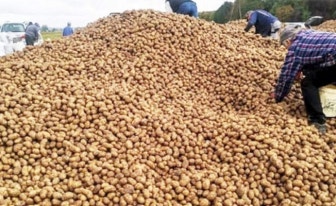
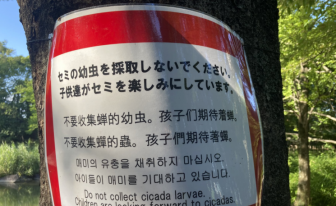
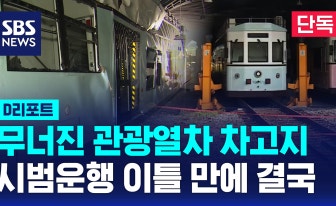


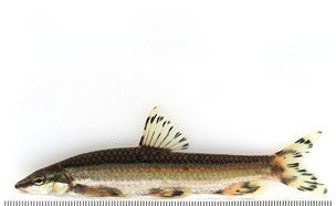
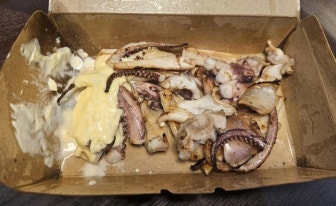
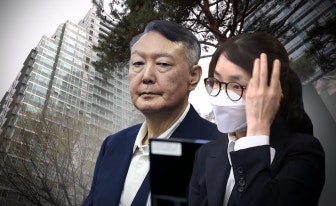



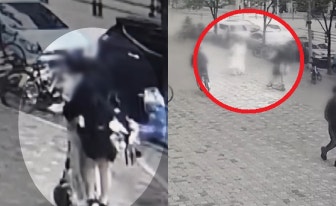




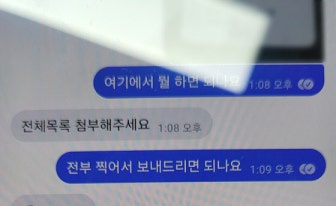

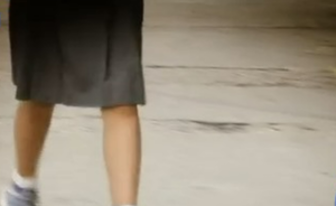
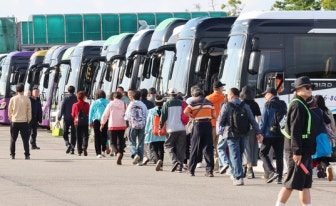

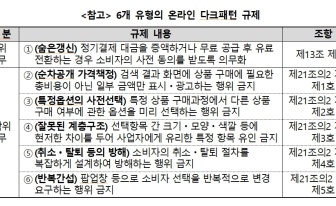

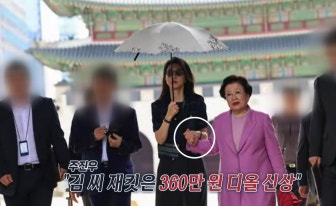


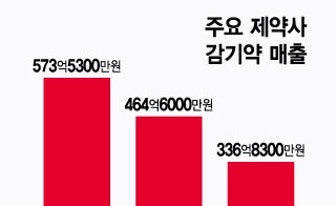
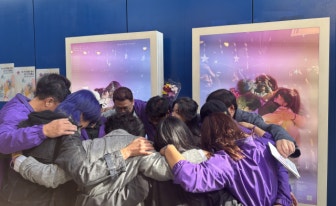
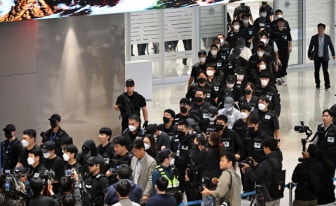

.jpg?type=nf190_130)










